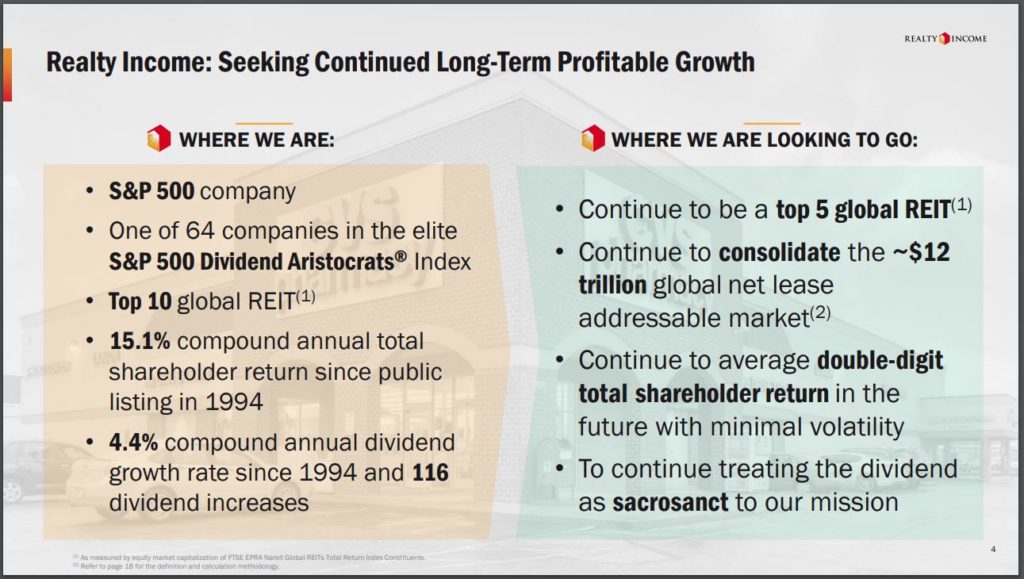Exploring the intricate relationship between climate change and the global demand for air conditioning unveils a complex web of factors that shape our modern world. As temperatures rise and weather patterns shift, the need for efficient cooling solutions becomes more pressing than ever.
Let's delve into how these environmental changes are influencing the way we approach air conditioning on a global scale.
In this detailed analysis, we will examine the key drivers behind the surge in AC demand, explore cutting-edge technologies aimed at mitigating climate impacts, and shed light on regional disparities that underscore the urgency of sustainable cooling solutions.
Factors influencing the increase in global AC demand due to climate change

Climate change has been a significant driver in the escalating demand for air conditioning worldwide. The following environmental factors play a crucial role in shaping this trend:
Impact of Changing Weather Patterns
Changing weather patterns, characterized by more frequent and intense heatwaves, have led to a surge in the need for air conditioning systems. As temperatures continue to rise across the globe, especially in regions prone to extreme heat events, the reliance on AC units for cooling has become a necessity rather than a luxury.
Correlation between Rising Temperatures and AC Demand
There exists a direct correlation between rising temperatures and the growing demand for air conditioning systems. With global warming on the rise, the need to maintain indoor comfort levels in the face of scorching heat has driven the adoption of AC units in both residential and commercial settings.
As temperatures soar, so does the demand for efficient cooling solutions, further exacerbating the strain on energy resources and infrastructure.
Technological advancements in AC systems to mitigate climate change effects
The advancement of technology in air conditioning systems plays a crucial role in mitigating the effects of climate change. These innovative technologies focus on reducing energy consumption and promoting environmental sustainability.
Innovative technologies to reduce energy consumption
- Variable Refrigerant Flow (VRF) systems: VRF systems adjust the flow of refrigerant based on the cooling or heating needs of different areas, resulting in energy savings.
- High-Efficiency Air Filters: Advanced air filters trap more pollutants and particles, allowing the AC unit to operate more efficiently and maintain better indoor air quality.
- Thermal Energy Storage: AC systems with thermal energy storage can store excess energy during off-peak hours and use it during peak demand periods, reducing overall energy consumption.
Development of smart AC systems for environmental friendliness
- Smart Thermostats: Smart thermostats learn user preferences and adjust temperature settings automatically to optimize energy usage without compromising comfort.
- Occupancy Sensors: AC systems equipped with occupancy sensors can detect when a room is unoccupied and adjust the temperature or switch to energy-saving mode to conserve energy.
- Remote Monitoring and Control: Remote monitoring allows users to control their AC systems from anywhere, ensuring efficient operation and energy savings even when they are not at home.
Comparison between traditional AC units and eco-friendly alternatives
- Energy Efficiency: Eco-friendly AC systems generally consume less energy compared to traditional units, resulting in lower electricity bills and reduced carbon emissions.
- Environmental Impact: Eco-friendly alternatives use refrigerants with lower Global Warming Potential (GWP) and are designed to minimize environmental impact through energy-efficient operation.
- Long-term Cost Savings: While eco-friendly AC systems may have a higher upfront cost, the long-term savings on energy bills and maintenance costs make them a more cost-effective choice in the long run.
Regional disparities in AC demand influenced by climate change
Climate change impacts regions differently when it comes to the demand for air conditioning. Some areas are more affected than others due to various factors like temperature rise, humidity levels, and economic conditions.
Regions most affected by climate change in terms of increased AC usage
- In tropical regions near the equator, such as Southeast Asia and parts of Africa, the combination of high temperatures and humidity levels due to climate change has led to a significant increase in the demand for air conditioning.
- In urban areas with high population density and limited green spaces, the urban heat island effect exacerbates the need for cooling systems, further driving up AC usage.
Role of socio-economic factors in the disparity of AC demand across different regions
- Economic development plays a crucial role in determining the ability of individuals and communities to afford air conditioning systems. Lower-income regions may struggle to access and afford AC, leading to disparities in demand.
- Educational levels and awareness about sustainable cooling practices also influence AC demand. Regions with a higher focus on energy efficiency and sustainable solutions tend to have lower AC usage rates.
Countries adopting sustainable cooling solutions to combat climate change effects
- Japan has been a pioneer in developing eco-friendly air conditioning technologies like heat pumps and smart cooling systems to reduce energy consumption and combat climate change effects.
- India has implemented policies promoting the use of energy-efficient cooling systems and renewable energy sources to address the growing demand for cooling while reducing greenhouse gas emissions.
The impact of global AC demand on greenhouse gas emissions
The increasing global demand for air conditioning systems has a significant impact on greenhouse gas emissions. As more AC units are used to combat rising temperatures due to climate change, the energy consumption and subsequent emissions from these cooling systems have been on the rise.
Contribution of air conditioning systems to greenhouse gas emissions
- Air conditioning systems contribute to greenhouse gas emissions primarily through the use of refrigerants, which are potent greenhouse gases.
- The energy consumption required to power AC systems also leads to carbon dioxide emissions, further exacerbating the environmental impact.
- Improper disposal of old AC units can release harmful gases into the atmosphere, adding to the overall greenhouse gas emissions.
Strategies to reduce carbon footprint associated with cooling systems
- Transitioning to energy-efficient AC systems can significantly reduce the carbon footprint associated with cooling.
- Regular maintenance and servicing of AC units can ensure optimal performance and lower energy consumption, thereby reducing emissions.
- Proper disposal and recycling of old AC units can prevent the release of harmful refrigerants into the atmosphere.
Role of regulations and policies in addressing the environmental impact of AC demand
- Government regulations can set standards for energy efficiency in AC systems, encouraging manufacturers to produce more environmentally friendly units.
- Policies promoting the phase-out of high-global warming potential refrigerants can help reduce the overall greenhouse gas emissions from air conditioning systems.
- Incentivizing the use of renewable energy sources to power AC units can further reduce the carbon footprint associated with cooling systems.
Outcome Summary
From the environmental implications of rising AC usage to the innovative solutions being developed to combat climate change, it's evident that the intersection of these factors is shaping the future of cooling technologies. As we navigate the complexities of global AC demand in a changing climate landscape, it becomes increasingly clear that proactive measures and sustainable practices are essential for a greener and more efficient future.
Questions and Answers
How does climate change directly impact the need for air conditioning worldwide?
Climate change leads to more frequent heatwaves and extreme weather events, driving up the demand for cooling systems to maintain comfortable indoor temperatures.
What are some examples of eco-friendly alternatives to traditional AC units?
Eco-friendly alternatives include evaporative coolers, geothermal heat pumps, and solar-powered air conditioning systems, which prioritize energy efficiency and reduced environmental impact.
How can regulations and policies help reduce the environmental impact of AC demand?
Regulations can enforce stricter energy efficiency standards for AC units, promote the use of eco-friendly refrigerants, and incentivize the adoption of sustainable cooling practices to mitigate greenhouse gas emissions.




